Parramatta River dead fish: EPA investigation findings, how it can be prevented
After 1000 dead fish unexpectedly washed up along the banks of the Parramatta River, a push has begun to invest in innovative infrastructure to protect the waterway’s marine life.
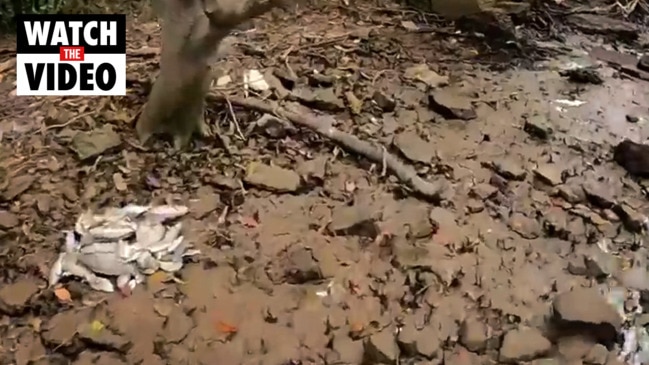
Inner West
Don't miss out on the headlines from Inner West. Followed categories will be added to My News.
After more than 1000 dead fish unexpectedly washed up along the Parramatta River foreshore and shocked residents in recent weeks, there is a push for innovative infrastructure to protect the waterway’s marine life.
The NSW Environmental Protection Authority (EPA) concluded its investigation into the recent fish kill in Parramatta River which saw dead fish wash up at Rydalmere, Homebush Bar and Haslams Creek on February 3.
Laboratory results from the EPA confirmed the fish deaths were “a result of natural processes”, namely low oxygen levels due to an influx of leaves and organic debris.
EPA executive director regulatory operations Stephen Beaman said a combination of factors were responsible for the fish deaths.
“The stress on the river, combined with repeated heavy rain, large tidal currents and increased amounts of organic matter such as leaves and grass in the river, has reduced the dissolved oxygen available to aquatic life, resulting in the fish kills,” he said.
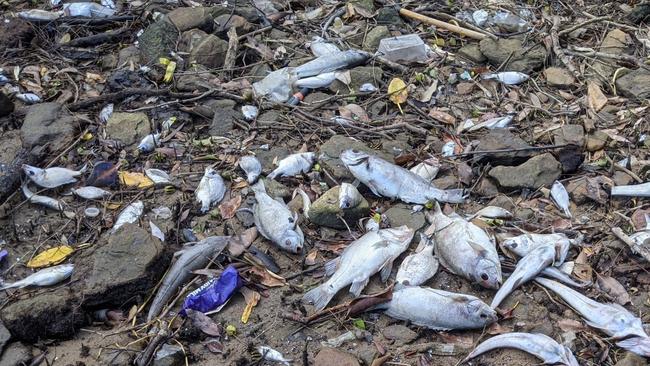
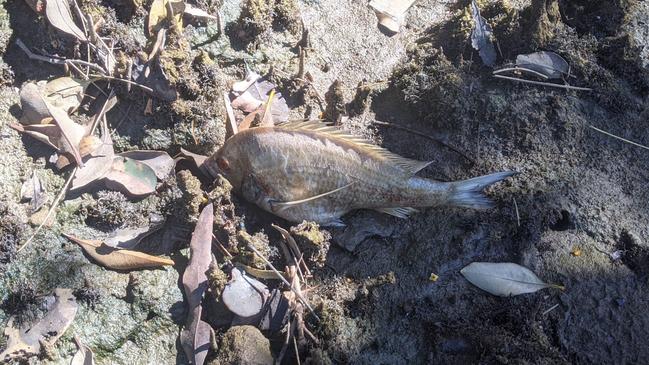
The EPA revealed “oxygen levels were critically low, especially near the bottom of the river”, but analysis of water samples didn’t detect any chemicals which could have caused the kill.
Parramatta River Catchment Group co-ordinator Nell Graham said smart infrastructure choices – although costly – could make a long-term difference in reducing organic debris in waterways and help protect the fish.
“There’s a thing called water sensitive urban design, where we’re trying to recreate natural systems,” she said. “For example, by putting in rain gardens and soil features the water then can sit and seep slowly.”
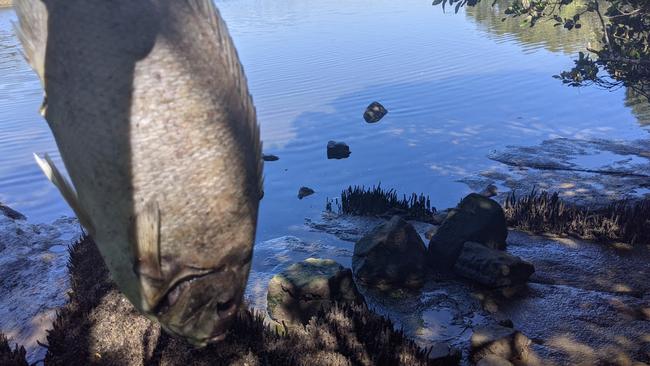
Design features under roads and walkways can also have a big impact.
“There’s something called a gross pollutant trap and it’s a pit underneath the ground which traps all the litter, leaves and debris,” Ms Graham said. “They’re quite expensive, but they’re usually put in high density areas where there’s a lot of little or organic debris.
“They can also have filters that remove harmful chemicals like oil and pesticides that would normally run into the river and harm fish.”
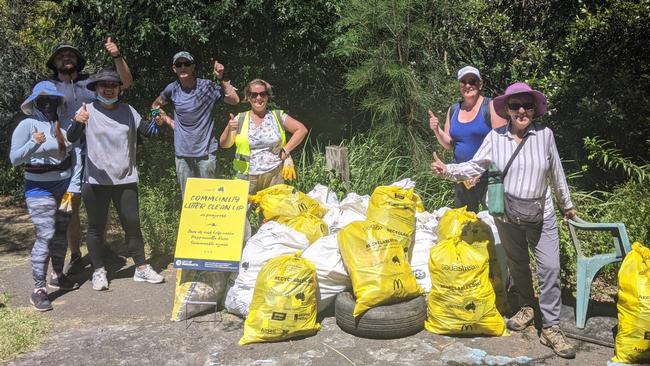
Kellie Darley, an independent councillor on the City of Parramatta Council, said it was encouraging the EPA investigation ruled out chemicals as the cause but said the results should remind people to dispose of organic debris correctly.
“The message is that we all need to be making sure grass clippings go in the green bin,” Cr Darley said. “And that there is a huge impact if everyone’s leaves and grass are blown into the stormwater network.
“We’ve all got a role to play. It’s not just people’s backyards where leaves are coming from, councils also need to see how they can contribute to reducing organic matter in the waterways too.”
City of Parramatta Lord Mayor Cr Donna Davis called on all levels of government to help reduce the likelihood of fish kills happening in the river.
“The Parramatta River is at the heart of our city, and the health of our waterways and local wildlife is extremely important to Council and our community,” she said.
“It’s essential that all levels of government work together with the private sector and local communities to clean up the tributaries and protect this natural waterway from irreversible ecological damage.
“We all have a part to play when it comes to keeping our rivers and natural environments healthy.”





